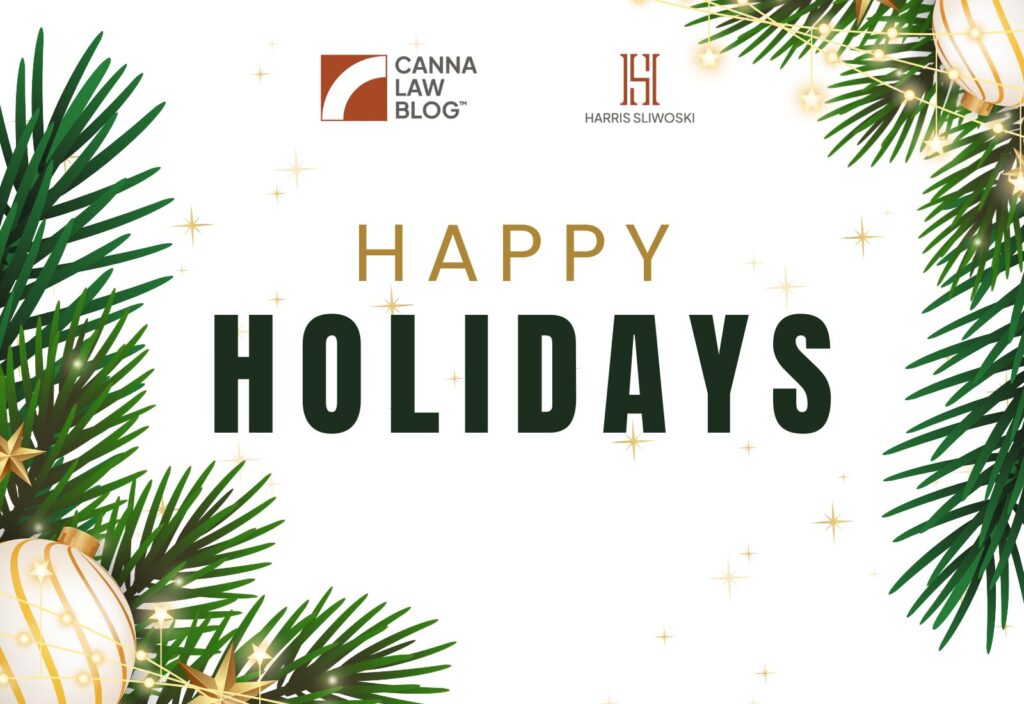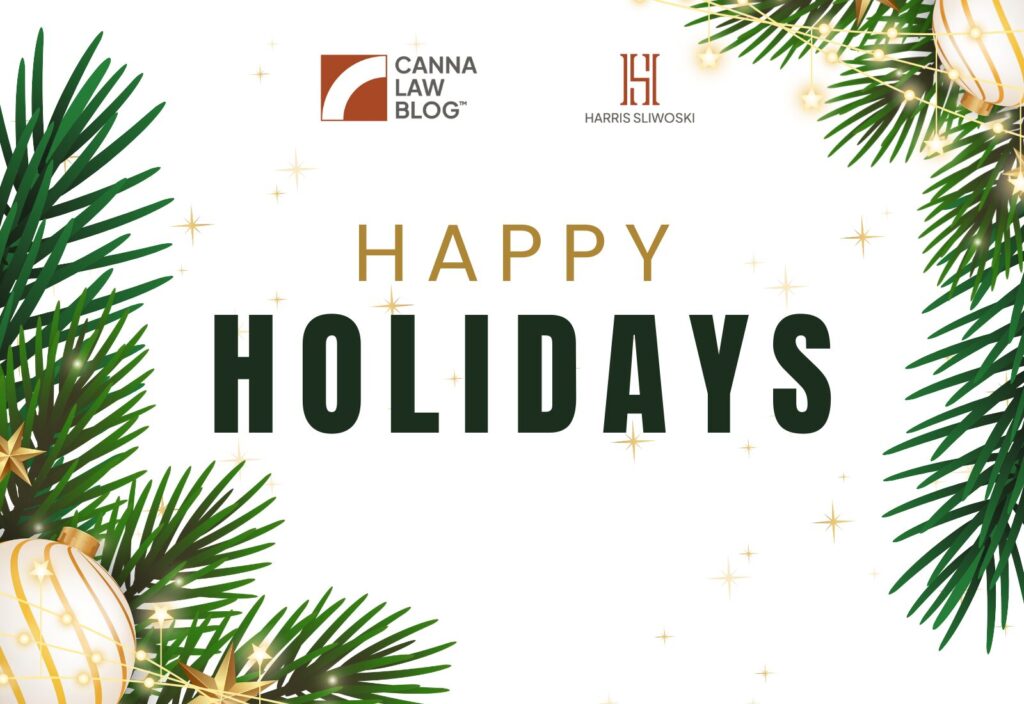
Since the Marijuana Regulation and Taxation Act (MRTA) was passed back in April of 2021, New York has made clear that mitigating environmental impact, including energy usage, would be a key component of New York’s adult-use cannabis industry. To wit, the legislators expressly included applicants’ “ability to mitigate adverse environmental impacts, including but not limited to water usage, energy usage and carbon emissions” as part of the Cannabis Control Board’s (CCB) selection criteria. Well, the CCB followed through with that mandate by requiring licensees to provide an Energy and Environmental Plan as part of applications.
The composition of an Energy and Environmental Plan
So what goes into an “Energy and Environmental Plan”? A LOT of things. The CCB included 12 separate and distinct requirements for each plan, “in a form and manner as required by [the Office of Cannabis Management.]” Here are the categories of required information:
actions to reduce usage of single-use plastics actions to minimize the use and disposal of chemicals that are considered hazardous waste actions that will be taken to use compost or other recycles organics as a component of growing media areas to reduce the applicant’s carbon footprint the submission of an annual energy
Read full article on HarrisBricken






































